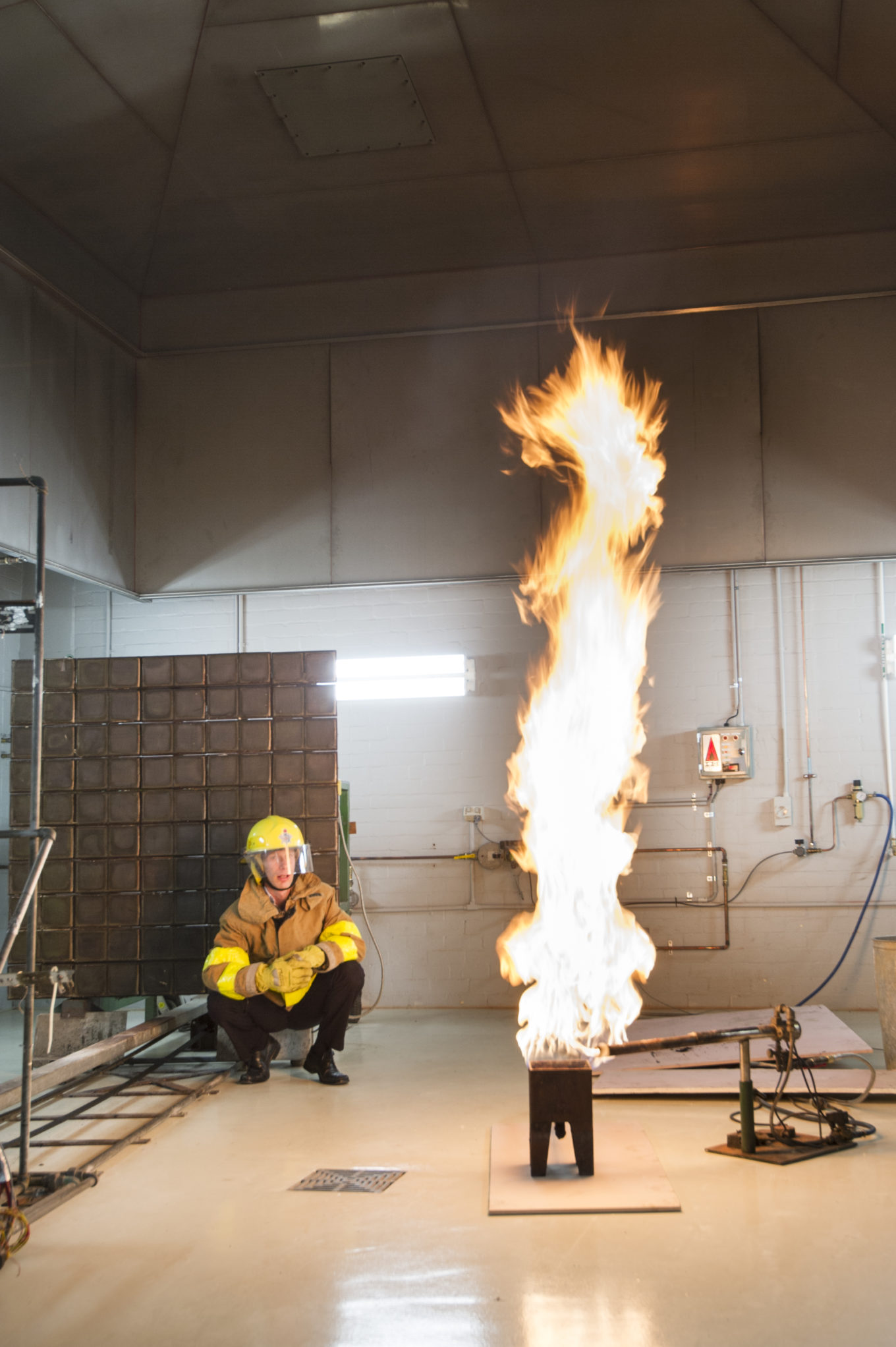Fire protection is an essential aspect of daily life that often goes unnoticed until the unexpected happens. Whether it’s in our residences, offices, or public spaces, grasping the risks and applying successful fire safety practices can mean the difference between life and death. From fundamental prevention tips to advanced protection measures, ensuring that we are knowledgeable and equipped is vital. The truth is that fires can strike suddenly, and having a solid fire safety strategy in place is crucial for protecting our friends, employees, and belongings.

In this deep dive into fire safety measures, we will explore various dimensions of fire prevention and security. Key topics will feature understanding frequent fire risks, the necessity of fire exercises, and how to create a comprehensive fire escape system. We'll also highlight essential tools like fire detectors and fire extinguishers, and examine specific protocols adapted for different contexts, such as offices, classrooms, and hospitals. By providing ourselves with knowledge and resources, we can foster more secure environments and ultimately diminish the risk of fire-related accidents.
Crucial Fire Protection Guidelines
Fire protection begins with understanding as well as recognizing typical flame hazards within your residence and office. Frequently inspect for possible risks, such as overloaded electrical outlets, flammable materials stored near heat sources, as well as poorly cared for heating equipment. Ensure that smoke alarms are set up in each room as well as checked monthly to guarantee they are operational. Being proactive about these hazards can significantly reduce the likelihood of a fire starting.
Establishing a fire escape plan is vital for every family and office. Practice your exit route regularly so that all individuals knows how to get out quickly in an urgent situation. Identify at least two exits from each room and establish a meeting place outdoors. Teaching staff and family members how to react in the event of a fire can save lives and prevent chaos during a crisis.
Upkeeping fire safety equipment is vital in reducing risks. Fire extinguishers should be easily reachable, inspected monthly, and maintained annually. Consider having fire sprinklers installed as they can manage or extinguish fires before they escalate. Consistently review and adhere to fire safety regulations to guarantee compliance and foster a culture of safety inside your house and workplace.
Establishing Effective Fire Safety Plans
Developing a fire safety plan is vital for protecting both homes and businesses. The primary step is to evaluate potential fire hazards in the environment. This involves recognizing sources of ignition, such as electrical equipment and heating sources, as well as any combustible materials that could fuel a fire. Once these hazards are identified, strategies can be executed to reduce risks. Regular maintenance of electrical systems and proper storage practices for flammable materials are key components of this first assessment phase.
Next, it is essential to establish clear emergency procedures and escape routes. Fire Safety Engineer in the household or workplace should be aware with these routes, as well as designated meeting points outside the building. Regular fire drills can noticeably enhance preparedness, allowing individuals to practice these procedures and ensure they can exit safely in the event of a fire. This practice helps reduce panic and improves response times during a real emergency.
Finally, communication plays a key role in an effective fire safety plan. All members of the household or employees should be notified of the plan and any changes made to it. Using diagrams, such as maps displaying escape routes and locations of fire extinguishers, can aid in quick understanding and memorization. Additionally, regular training sessions can bolster this knowledge, ensuring that everyone is prepared to respond appropriately in an emergency, thereby fostering a culture of safety.
Understanding Fire Risk Regulations
Fire protection laws tend to be designed to protect human life and assets from the devastating consequences of flames. Such regulations, set by organizations including the NFPA as well as OSHA, provide directives that companies and homeowners must comply with to ensure a secure atmosphere. Compliance with these rules not only enhances safety but also helps prevent legal liabilities and minimizes insurance risks.
One essential aspect of fire safety rules is the requirement for scheduled evaluations and maintenance of fire safety equipment. This includes fire alarms, fire extinguishers, and sprinkler systems, which must be inspected at specified times to ensure they work as intended when needed. Businesses are also responsible for performing fire hazard evaluations and implementing needed changes to mitigate identified risks. Omission to follow with these regulations can result in grave consequences, for example penalties and greater risk of fire occurrences.
Additionally, understanding regional fire regulations is crucial for businesses. Such codes may differ significantly by jurisdiction and are intended to address distinct risks presented by various types of structures and industries. Ignoring these codes can have dire consequences, not only putting at risk human safety but also resulting in significant monetary damages. With remaining knowledgeable and conformant, businesses can foster a more secure environment and exhibit their commitment to fire protection to employees, clients, and insurance providers.
